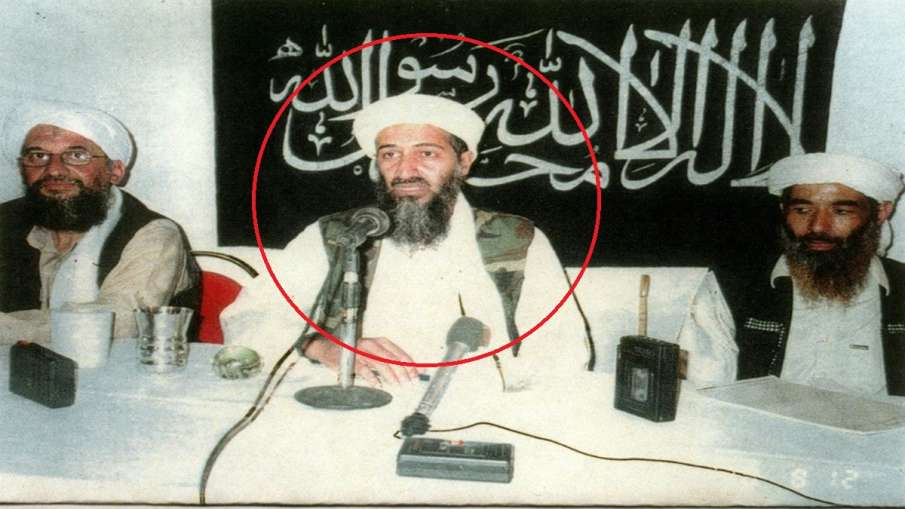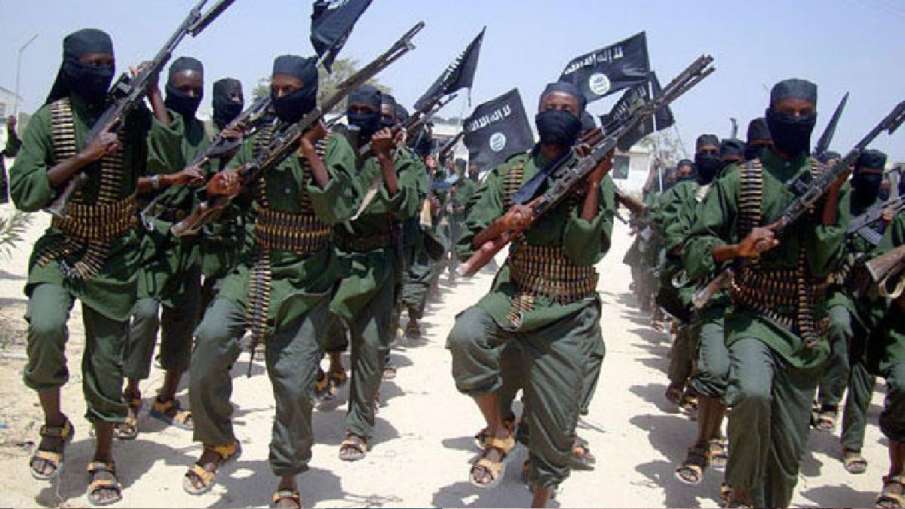Why al-Qaeda is not ending even after the end? The foot is spreading again in this country
Terrorist organization al-Qaeda
Al-qaeda: The dust roads of Mali, a desert country of West Africa, spread sensation when al-Qaeda militants kidnapped three Indian laborers from a cement factory. On Thursday, when the officials approved that news, there was a stir worldwide. Mali, where the shadow of terror has been hovering for a long time, Indians were targeted for the first time. This incident is not only a cause of concern for India but also gives rise to many questions. The biggest question is, how is al-Qaeda alive even after so many years of global efforts? Come, let’s know the story of this terrorist organization, which started from the streets of Afghanistan and is now leaving its mark in the sand of the gardener.
How to find the foundation of al-Qaeda
The story begins in the 1980s, when the thunder of Soviet tanks was echoing in the hills of Afghanistan. Western countries, especially America, were giving weapons and training to Muslim youth in the name of jihad against Soviet. Osama bin Laden, a young man from Saudi Arabia, not only invested money in this war, but also took up arms himself. In 1988 he created a network, named al-Qaeda, ie “foundation”, its aim was to unite Muslims around the world and tease global jihad against America and its colleagues
Al-Qaeda shook the world by attacking 9/11
In 1989, when the Soviet army moved from Afghanistan, the target of al-Qaeda changed. Now America was his enemy. The 9/11 attack of 2001 was its most dreadful act, which shook the world. But, after this the US decided to crush al-Qaeda. Despite the two decades of military actions, the organization did not end completely. This bus was shattered and now looking for its new land in countries like Mali.

Osama bin Laden (in red circle)
New hideout of terror in gardener
Kidnapping of Indian laborers working in Mali’s cement factory is not a simple incident. This is the proof of the new face of al-Qaeda. Now this organization acts like a shadow network instead of Afghanistan. Al-Qaeda in the Islamic Maghrib (AQIM) active in Mali has carried out this kidnapping. This group works closely with local terrorist organizations, so that they do not need to find new land. A country like Mali, where the government’s grip is loose and there is an atmosphere of chaos, it creates a perfect ecosystem to flourish the terrorists.
Changing face of al-Qaeda
The first al-Qaeda structure was strict and concentrated. It was spread worldwide through small groups, which were connected to each other. After 9/11, US military actions broke its central structure. It now works on a decentralized model, in which it combines with local terrorist groups. AQIM in Mali is a living example of this. Al-Qaeda now funds with illegal businesses like ransom, drug smuggling and weapons smuggling. Some of its supporters in the Gulf countries still secretly donate, but it is not as open as before. It also collects funding through fake charity organizations, which entice people in the name of jihad.
Support of Muslim countries continues?
Al-Qaeda used to get secret support from many Muslim countries in the nineties, especially from countries which were against the US and Israel. But after 9/11, its image suffered a major setback. Nevertheless, in some countries its leaders continued to shelter. A shocking example is Iran. There was no ideological combination between the Shia-dominated country and Sunni fundamentalist al-Qaeda, yet after 9/11, there were reports of some al-Qaeda leaders getting shelter there. American and Israeli intelligence agencies claim that all this was part of Iran’s strategy against America.
Islamic State: Al-Qaeda rival
In 2014, the emergence of the Islamic State (ISIS) pushed al-Qaeda back. ISIS used digital media to entertain youths around the world and captured large areas in Syria-Eraq. During this time the effect of al-Qaeda decreased, but when American actions weakened ISIS, al-Qaeda took advantage of the opportunity. It again started strengthening its roots. There was also several confrontation between the two organizations, but al-Qaeda implemented its strategy further cleverly.

Al Qaeda
Al-Qaeda recruitment in digital age
Today’s al-Qaeda uses the Internet cleverly. It shows the dream of global jihad to the youth through YouTube, Telegram and other platforms. It spreads its network while maintaining privacy. It connects the youth with such an ideology, which cuts them out of reality. This dream is so attractive that many youth get caught in its net.
Lesson for India and the path of future
The kidnapping of Indian laborers in Mali is a warning for India. This shows that terrorist organizations can now target India as well. There is a need to take concrete steps to protect Indians working in unstable countries like Mali. The Indian embassies and the government, along with the local administration, will have to formulate a strategy to prevent such incidents. Also, cooperation against terrorism will have to be further strengthened globally.
A shadow that does not disappear
Al-Qaeda’s terror may not be in old color, but it is still alive today. It changes its color over time, sometimes in the hills of Afghanistan, sometimes in the streets of Yemen and now in the sand of the gardener. This organization still remains a threat to global security.
Also read:
Pakistan claimed to kill 30 intruders, said-Terrorists wanting to enter through Afghanistan
The CCTV video of Israeli’s Holocaust attack on Iran will tremble, the terrible scene would not have been seen even in films.
Latest World News

